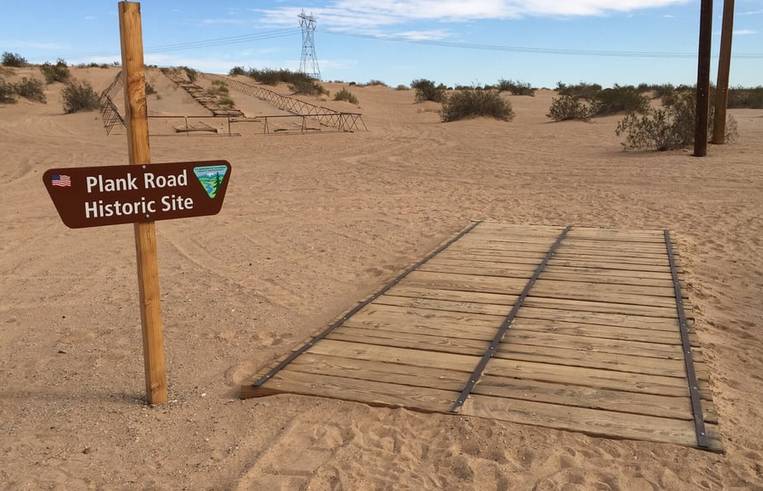
Before the Phoenix to San Diego highway was constructed, the Old Plank Road – a seven-mile stretch of roadway built over the Algodones Dunes in Yuma, Arizona.
In 1914, the first plank road was constructed. It looked like a railroad track, except it had two parallel tracks made of boards for wagon or automobile wheels. The construction of the plank road took two months, and it was considered successful, despite requiring continuous upkeep to prevent sand buildup.
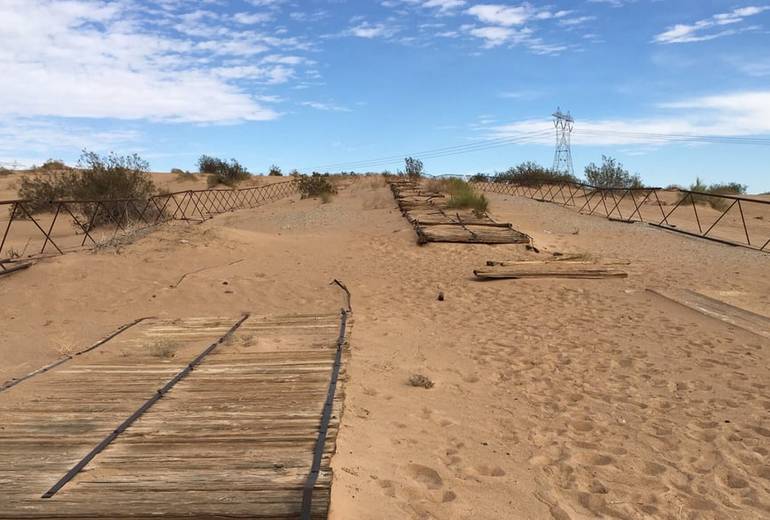
Once the road was finished, the California State Highway Commission took over and improved it by upgrading the route to have an 8-foot wide wood roadbed. Additionally, turnouts were installed approximately one mile apart to allow traffic to move smoothly in both directions.
One driver must agree to back up into a turnout for cars to pass each other on a plank road. Typically, the larger group of vehicles is given priority.
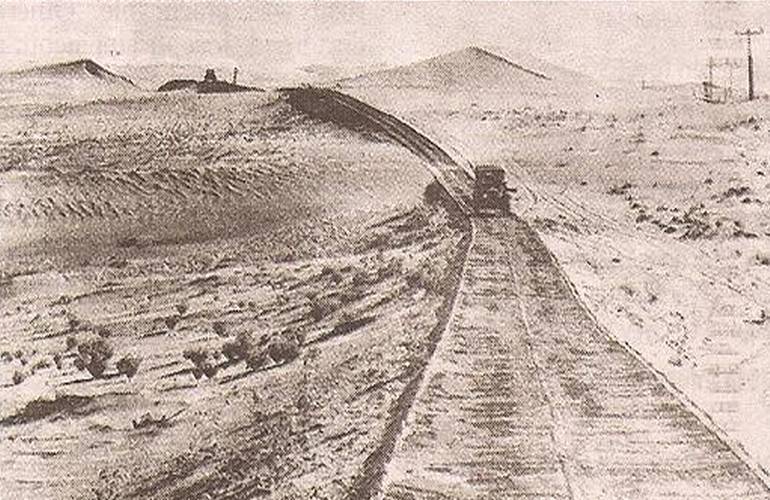
The upgraded Plank Road was built in sections and hauled to the dunes to be pieced together. (A replica section can be viewed at the plank road monument.) The wood highway required almost daily repairs and was replaced in 1927 with an asphalt roadway that later became U.S. Route 80.
Most of the plank road remnants are currently buried beneath the sand of the Algodones Dunes. However, a handful of remains can still be observed at a California Historical Landmark situated along Interstate 80.
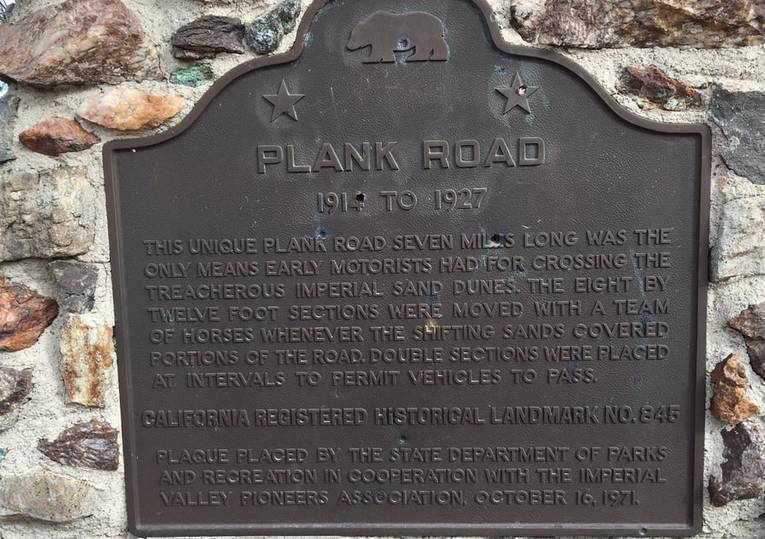
The California Off-Road Vehicle Association played a crucial role in preserving the final stretch of the historic road. They partnered with the BLM to safeguard one of the last remaining sections of the road during the 1970s.
The Plank Road Monument showcases a portion of the original highway, measuring one-eighth of a mile. The pieces of the road were recovered from the dunes. Additionally, a replica section of the plank road is on display, along with California State Landmark Plaque 845.
Where is the Old Plank Road
Exit on Gray’s Well Road, along Interstate 8. Follow the road adjacent to the interstate highway 3 miles west of the Monument. The remains of the plank road are fenced off to protect them from vandalism.
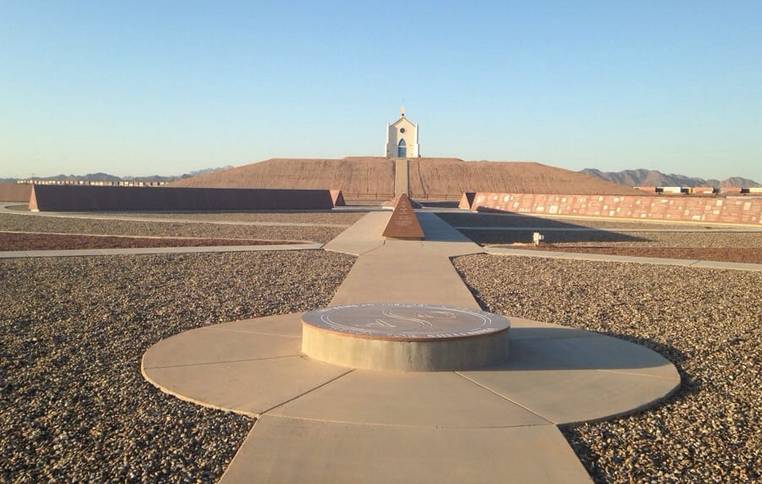
Another interesting nearby stop is the Museum of History In Granite. The museum is a historical record of humanity designed to last 4,000 years. Hundreds of Granite panels are engraved with historical information, including the History of Humanity, The History of Arizona, and The History of California.
Leave a Reply